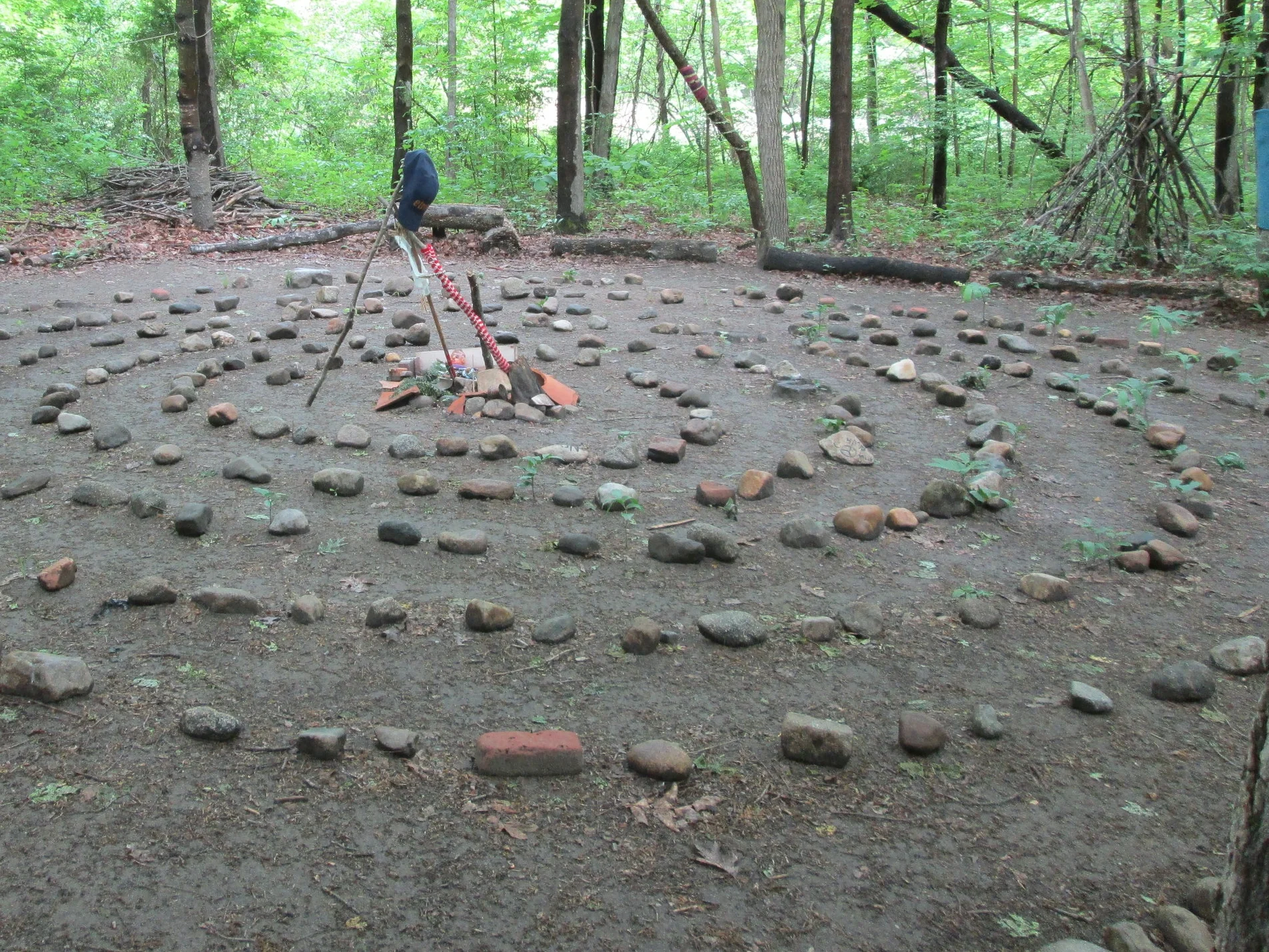Insight
/This post was originally written July 2016. I am posting it again along with its companion post.
Today I want to address the dynamic of insight as it relates to clutter. Insight is our awareness of our situation and how it is similar or dissimilar to that of others and to perceived norms. In an episode of Modern Family, Lilly is perceived by her parents, Mitch and Cam, as a very gifted child needing the stimulation of other gifted children. Mitch is excited about her new playmate until she is off the charts in exceptionality: play, music, memory and art. He finally explodes and calls her a “know it all” and immediately we see a young child who is just looking to find a playmate while she has the distinction of a photographic memory. As with other parenting situations, Mitch has again made a sitcom possible. A little insight can go a long way when trying to compare people and situations.
I often hear, “Is this the worst place you’ve ever seen?” “Please tell me it’s not as bad as I think it is.” “My place isn’t that bad. My spouse just makes a big deal of nothing.” Statements like these are common ways I gain awareness of the insight people may have into their situations. The level of insight lets me know where our starting point is and what I can hope to accomplish.
First, I must say that I’ve been in houses described as cluttered, disorganized, out of control, etc., and I was hard-pressed to see a thing I could do to improve the physical space. It can be as common for an in control space to be perceived as chaotic as it is for a chaotic space to be perceived as in control. At both extremes, people have skewed perceptions of their situation and can benefit from some “reality checks” against commonly perceived norms. Both ends do well to explore their relationship to possessions and personal organization to be able to live “at home” in their space.
Second, people frequently turn to me for a “reality check” related to their clutter, often because it causes challenge to daily activities or conflict with another person who is affected by the clutter, either directly (in the same house) or indirectly (a family member, friend or neighbor). These reality checks are [Gu1] important. However, they are not easy to receive.
Randy Frost and Gail Steketee, in the book Stuff: Compulsive Hoarding and the Meaning of Things, tell of a woman who confesses to Dr. Frost that she doesn’t have a problem with her stuff until she knows that he will be coming and working with her in it. In other words, her personal insight about her stuff is very low when she is on her own. However, Dr. Frost’s presence causes her to have increased insight into her situation.
Pictures that someone else takes can also serve to help increase a person’s insight into how their space looks. I have taken pictures in homes which were unrecognizable by the person living in the midst of the space. “Is that what my room looks like?” I say yes, and often their eyes drop as though they have never seen that space before.
One of the frustrating aspects of insight is that it is particularly low in situations of hoarding because the mental clutter is as normal as the physical clutter. The mind can only see what the mind can see, and in hoarding disorder, the mind’s perception is skewed. Also, another frustration is that people closest to the situation are least able to increase insight, and most likely to increase defensiveness when they try to address the issues that are interfering with relationships, safety and life quality.
Part of the work I do is to help increase insight into the clutter situation while we work amidst it. With awareness comes tools of thought and behavior which can be used to address the mental and physical clutter. Insight is the key that increases hope for change. In my next blog I will address ways to increase insight. Stay tuned!

